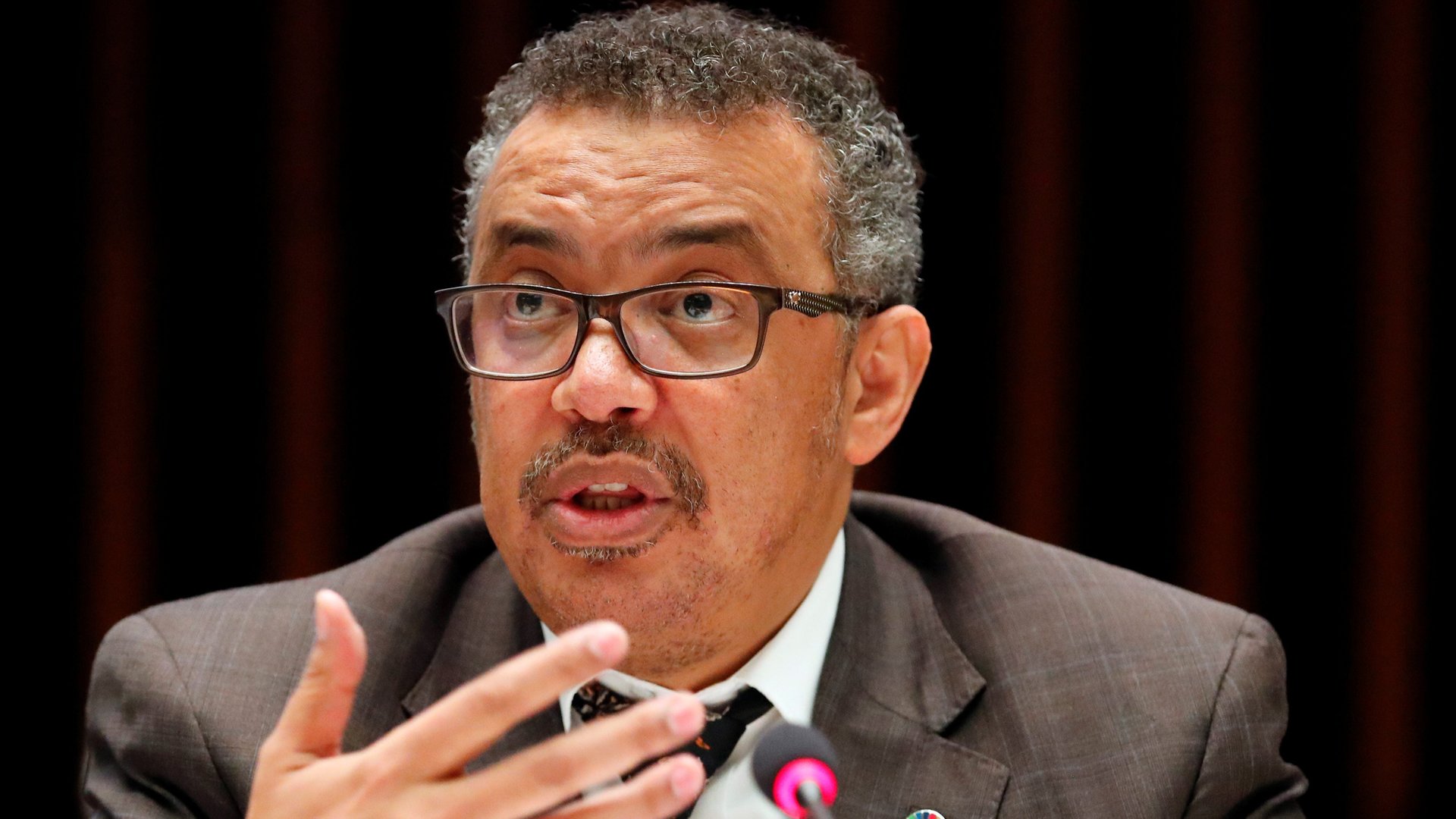Why the WHO chief isn’t getting a Covid-19 test
On Nov. 1, Tedros Adhanom Ghebreyesus, the director general of the World Health Organization (WHO), announced that he had come into contact with someone who tested positive for Covid-19. He planned to isolate himself, and to continue to work from home.


On Nov. 1, Tedros Adhanom Ghebreyesus, the director general of the World Health Organization (WHO), announced that he had come into contact with someone who tested positive for Covid-19. He planned to isolate himself, and to continue to work from home.
But, perhaps counterintuitively, Dr. Tedros (as he is commonly called) wouldn’t be getting a test immediately.
“Our current protocols don’t require that he be tested…His testing will be depending on the arrival of symptoms or otherwise,” Mike Ryan, the epidemiologist in charge of WHO’s Covid-19 response, said in a news briefing, as reported by Reuters.
This might seem strange, or perhaps illogical, coming from someone with a scientific background. Shouldn’t Dr. Tedros just take a test to find out whether he has Covid-19?
In short, no. There’s a real risk in getting tested without showing symptoms. As my colleague Katherine Foley has written, “SARS-CoV-2 takes a median of five days to make its presence known in the body; sometimes, it can take up to two weeks. If a person were to take a Covid-19 test too soon after being exposed, they’d get a false negative.” It’s possible that if someone takes a Covid-19 test too early after exposure, they’d assume a negative result means they aren’t infected, and go out into the world—potentially spreading the virus to others.
Even if an infected person waits long enough for the virus to incubate, a negative result still doesn’t guarantee they’re in the clear. The diagnostic PCR tests that most people take were designed to return a definitive diagnosis in symptomatic people—and there still isn’t strong data to indicate how accurate they are in people without symptoms.
That’s not to say they’re worthless for asymptomatic people: The US Center for Disease Control and Prevention, for one, recommends that people should get tested if they have been in close contact with a person who has tested positive. And, of course, if they have Covid-19 symptoms.
But since Dr. Tedros is planning to stay home and self-isolate—as WHO guidelines (pdf) suggest all potentially exposed people do for 14 days—it wouldn’t matter if he got a positive or negative test result. As long as he’s monitoring his symptoms and seeking medical help if he starts to feel bad, there’s no immediate need for him to take a test. After two weeks without symptoms, he can safely re-enter the world without the risk of unknowingly spreading disease.
As a world leader, Dr. Tedros is setting a good example for best Covid-19 practices—particularly critical at a time when much of Europe is going into a second lockdown and cases in the US are setting daily records. As the WHO chief has said, this is the only way we stop the pandemic.